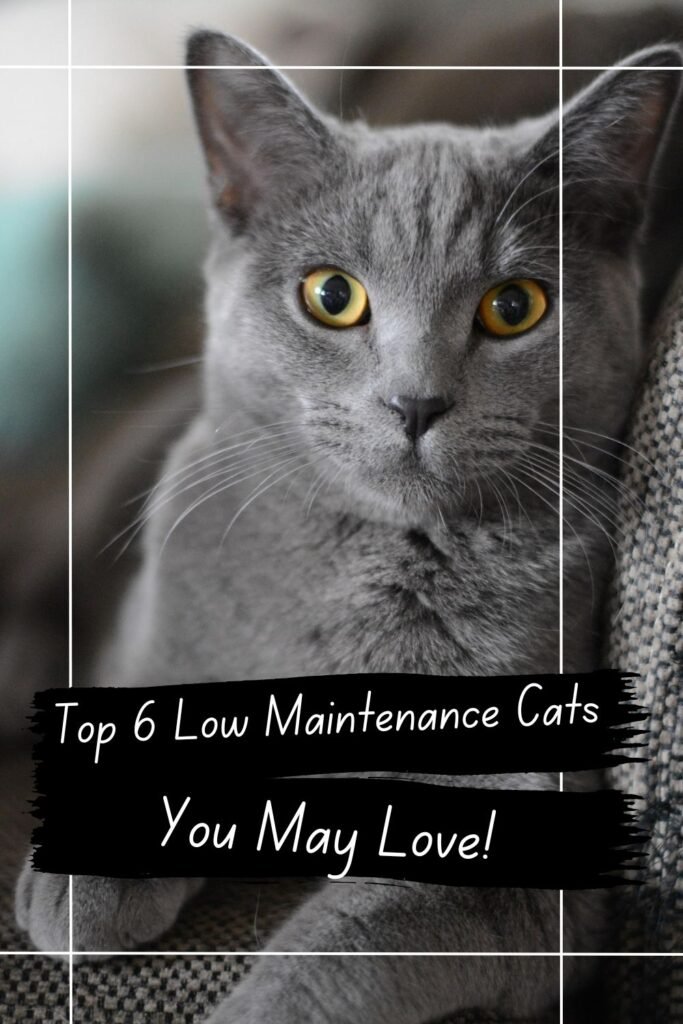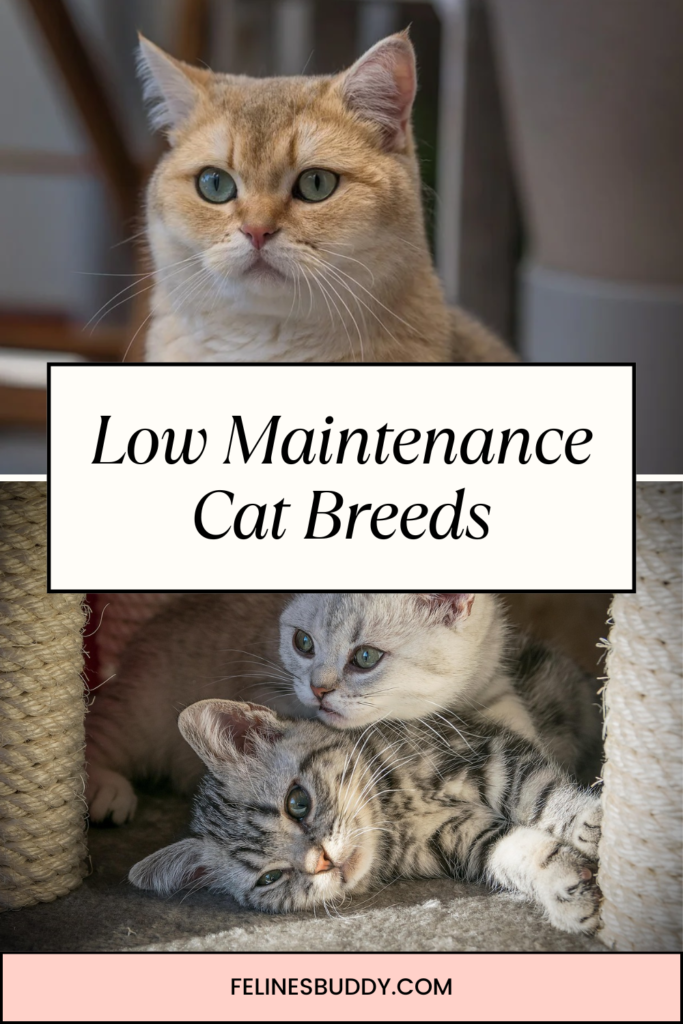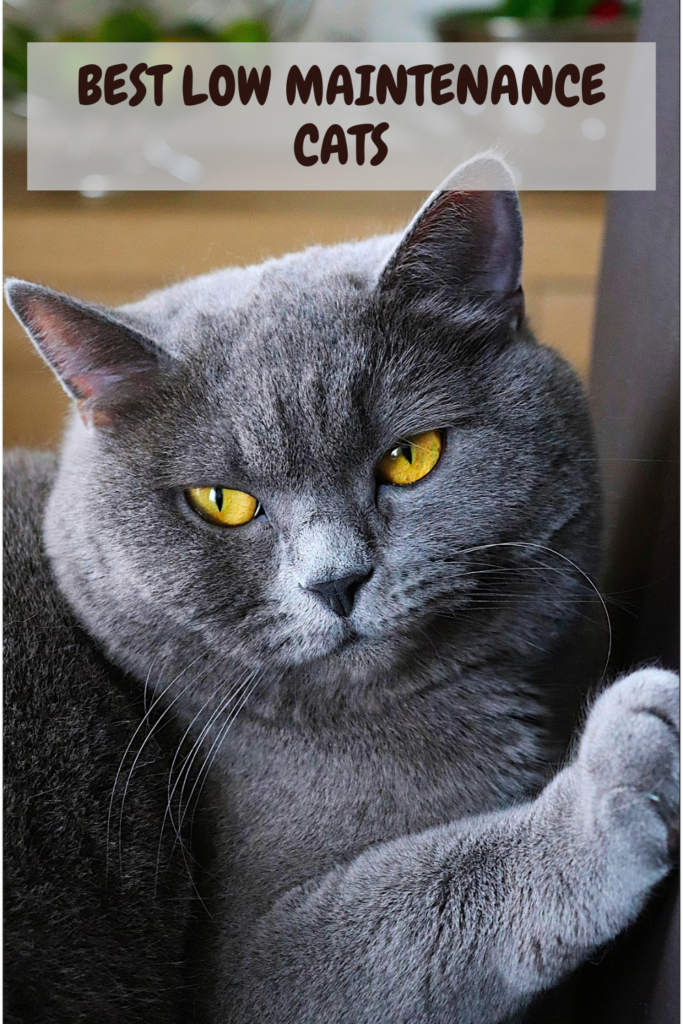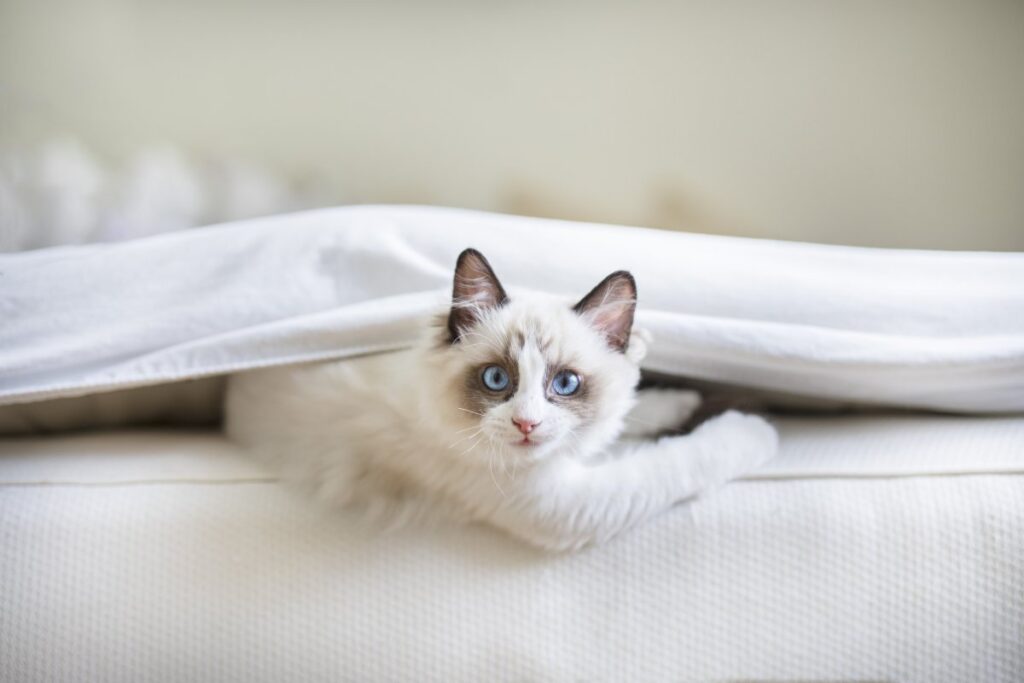When you’re considering adding a furry friend to your family, the first thing that might cross your mind is how much care and attention they’ll need. If you’re a busy person, or maybe someone who’s new to the world of cats, low-maintenance breeds can be the perfect solution. These breeds are not just easy on the eyes—they require less grooming, have independent personalities, and can be the ideal companions for people with hectic schedules.
In this article, we’re going to dive into the world of low-maintenance cat breeds, explore their characteristics, and give you tips on how to care for them with minimal effort. Plus, we’ll even give you a massive list of 200 cat names and their meanings for your new furry friend!
What Makes a Cat Low-Maintenance?
Before we jump into specific breeds, let’s define what we mean by “low-maintenance.” A low-maintenance cat is one that doesn’t require constant grooming, has a laid-back personality, and is generally easy to care for. These cats are great for people who might not have the time to dedicate hours a day to caring for a pet but still want the joy and companionship that cats bring.
Here are a few key factors that make a cat low-maintenance:
- Grooming needs: Cats with short coats tend to require less grooming compared to those with long, thick fur. Some breeds are even known for grooming themselves efficiently.
- Health considerations: Certain breeds are known for being healthier, with fewer genetic issues and fewer visits to the vet.
- Independent personalities: Some cats are more independent and don’t mind being left alone for longer periods, making them perfect for busy people.
Top Low-Maintenance Cat Breeds

Let’s look at some of the best low-maintenance cat breeds, each known for their ease of care and laid-back demeanor.
British Shorthair
The British Shorthair is a well-known low-maintenance cat breed. They are independent, affectionate, and have easy-to-care-for coats. Their round faces and stocky bodies give them a distinct, adorable look. Grooming is minimal because their short, dense coat doesn’t mat easily, and their independent nature means they don’t need constant attention.
Russian Blue
The Russian Blue is a calm, intelligent cat with a beautiful silvery-blue coat. This breed is known for being relatively low-maintenance, as they do not shed excessively and are quite self-sufficient. Russian Blues are great for people who want a friendly companion without a lot of work. They are affectionate but don’t require constant affection, making them perfect for busy people.
Exotic Shorthair
If you love the Persian breed but don’t have the time for daily grooming, the Exotic Shorthair is the perfect alternative. With the same round face and sweet disposition, the Exotic Shorthair has a short coat that doesn’t require much care. This breed is gentle, easygoing, and can be content on its own for a good amount of time.
Other Low-Maintenance Breeds to Consider

If you’re looking for more options, here are some other fantastic low-maintenance cat breeds that are easy to care for.
American Shorthair
American Shorthairs are incredibly adaptable and require very little maintenance. Known for their round faces and muscular build, they are great with families and individuals alike. Their short coats mean that grooming is simple, and their easygoing nature makes them perfect for first-time cat owners.
Scottish Fold
Known for their signature folded ears, Scottish Folds are sweet, calm, and easy to care for. They have short or long coats, but both types are relatively low-maintenance. They’re not overly needy but still enjoy being around their owners. These cats are also known for being excellent companions to both children and other pets.
Sphynx
It may surprise you that the hairless Sphynx is considered a low-maintenance breed. While they don’t have fur to groom, they do need regular skin care. They require regular baths to remove oils that would normally be absorbed by their fur. Despite this, they are generally low-maintenance compared to other cats and enjoy being around people.
Chartreux
The Chartreux is a charming and easygoing breed. These cats are great for first-time owners because they are incredibly affectionate without being overly demanding. Their short coat doesn’t require much care, and they’re known for being easy to groom. They’re also adaptable to different living situations, making them great companions in apartments or houses.
How to Care for Your Low-Maintenance Cat

Caring for a low-maintenance cat doesn’t mean doing nothing—it’s just about finding the right balance and understanding your cat’s needs.
Grooming Tips for Minimal Care
While low-maintenance cats don’t need daily grooming, it’s still important to brush them every so often to keep their coat healthy and reduce shedding. For cats like the British Shorthair, a weekly brushing session is typically enough. Use a soft-bristle brush to avoid irritating their skin. Regular grooming also gives you a chance to check for any skin issues or parasites.
Feeding and Health Care
A healthy diet is essential for any cat, but low-maintenance cats often have fewer dietary restrictions than other breeds. Stick to a balanced diet of high-quality cat food, and ensure your cat has access to fresh water at all times. Low-maintenance breeds are often more resilient to health problems, but regular vet check-ups are still a must.
Enrichment Without Overexerting Yourself
While low-maintenance cats are often content on their own, they still need mental and physical stimulation. Invest in a few interactive toys, such as feather wands or puzzle feeders, to keep your cat entertained. This way, you’ll avoid boredom-induced behavior problems without having to spend hours of your day on playtime.
Conclusion
Low-maintenance cats can bring all the joy and companionship of having a pet without the time-consuming responsibilities that come with high-maintenance breeds. Whether you choose a British Shorthair, Russian Blue, or another low-maintenance breed, these cats are perfect for people with busy schedules or first-time cat owners. By selecting the right breed and learning how to care for them properly, you’ll have a loving companion that requires minimal effort.
Frequently Asked Questions
What is the easiest cat breed to take care of?
The easiest cat breed to take care of would be the American Shorthair. Known for their adaptable and independent nature, they require minimal grooming, are easygoing, and can thrive in a variety of living situations. Their short coats and low-maintenance health needs make them a top choice for those with busy lifestyles.
Are there any hypoallergenic low-maintenance cat breeds?
Yes, the Russian Blue is a great hypoallergenic option for low-maintenance cat lovers. They produce fewer allergens than many other breeds and their short, dense coats require very little grooming. While no cat breed is truly hypoallergenic, the Russian Blue tends to be a better fit for people with mild cat allergies.
How often should I groom my low-maintenance cat?
Most low-maintenance cats with short coats need grooming about once a week. However, this can vary depending on the breed. For example, a Russian Blue or British Shorthair only needs weekly brushing to keep their coat healthy. Breeds with minimal shedding, like the Exotic Shorthair, may need even less maintenance.
Can I leave a low-maintenance cat alone for a day?
Yes, low-maintenance cats are generally more independent and can be left alone for a day or even longer, depending on the individual cat’s personality. Breeds like the British Shorthair and Russian Blue are known for being independent and content in their own company, though you should always provide food, water, and a litter box. It’s also a good idea to leave some toys or a window perch to keep them entertained.
Do low-maintenance cats still need regular vet visits?
Absolutely! Even though low-maintenance cats generally have fewer health issues, regular vet visits are still crucial for maintaining their overall health. Annual check-ups allow your vet to monitor your cat’s well-being, update vaccinations, and catch any potential health problems early. Keep up with preventative care, like flea treatments and dental health, to ensure a long, happy life for your cat.

